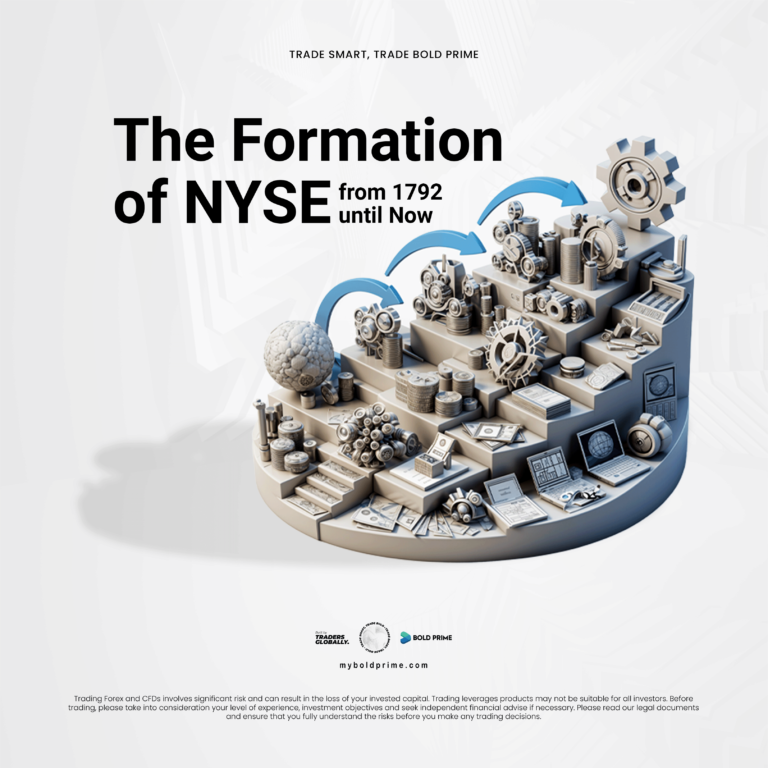- Company
-
About Bold PrimeAbout Bold Prime
-
AwardsAwards
-
RegulationsRegulations
-
Why Bold PrimeWhy Bold Prime
-
Account OverviewAccount Overview
-
BlogBlog
-
Contact UsContact Us

-
- Promotions
-
BonusBonus
-
Popularity ChallengePopularity Challenge
-
Strategy ChallengeStrategy Challenge

-
- Platform
-
Metatrader 4 & 5Metatrader 4 & 5

-
- Securities
-
CFD Foreign ExchangeCFD Foreign Exchange
-
CFD StocksCFD Stocks

-
- Partner
-
Introducing BrokerIntroducing Broker

-
- Education
-
Bold Prime Trading SchoolBold Prime Trading School
-
Economic CalendarEconomic Calendar

-
- CopyTradeNEW
-
Copy TradingCopy Trading

-
- Company
-
About Bold PrimeAbout Bold Prime
-
AwardsAwards
-
RegulationsRegulations
-
Why Bold PrimeWhy Bold Prime
-
Account OverviewAccount Overview
-
BlogBlog
-
Contact UsContact Us

-
- Promotions
-
BonusBonus
-
Popularity ChallengePopularity Challenge
-
Strategy ChallengeStrategy Challenge

-
- Platform
-
Metatrader 4 & 5Metatrader 4 & 5

-
- Securities
-
CFD Foreign ExchangeCFD Foreign Exchange
-
CFD StocksCFD Stocks

-
- Partner
-
Introducing BrokerIntroducing Broker

-
- Education
-
Bold Prime Trading SchoolBold Prime Trading School
-
Economic CalendarEconomic Calendar

-
- CopyTradeNEW
-
Copy TradingCopy Trading

-

- Company
-
About Bold PrimeAbout Bold Prime
-
AwardsAwards
-
RegulationsRegulations
-
Why Bold PrimeWhy Bold Prime
-
Account OverviewAccount Overview
-
BlogBlog
-
Contact UsContact Us

-
- Promotions
-
BonusBonus
-
Popularity ChallengePopularity Challenge
-
Strategy ChallengeStrategy Challenge

-
- Platform
-
Metatrader 4 & 5Metatrader 4 & 5

-
- Securities
-
CFD Foreign ExchangeCFD Foreign Exchange
-
CFD StocksCFD Stocks

-
- Partner
-
Introducing BrokerIntroducing Broker

-
- Education
-
Bold Prime Trading SchoolBold Prime Trading School
-
Economic CalendarEconomic Calendar

-
- CopyTradeNEW
-
Copy TradingCopy Trading

-
- Login
- Signup
- Company
-
About Bold PrimeAbout Bold Prime
-
AwardsAwards
-
RegulationsRegulations
-
Why Bold PrimeWhy Bold Prime
-
Account OverviewAccount Overview
-
BlogBlog
-
Contact UsContact Us

-
- Promotions
-
BonusBonus
-
Popularity ChallengePopularity Challenge
-
Strategy ChallengeStrategy Challenge

-
- Platform
-
Metatrader 4 & 5Metatrader 4 & 5

-
- Securities
-
CFD Foreign ExchangeCFD Foreign Exchange
-
CFD StocksCFD Stocks

-
- Partner
-
Introducing BrokerIntroducing Broker

-
- Education
-
Bold Prime Trading SchoolBold Prime Trading School
-
Economic CalendarEconomic Calendar

-
- CopyTradeNEW
-
Copy TradingCopy Trading

-
- Login
- Signup











